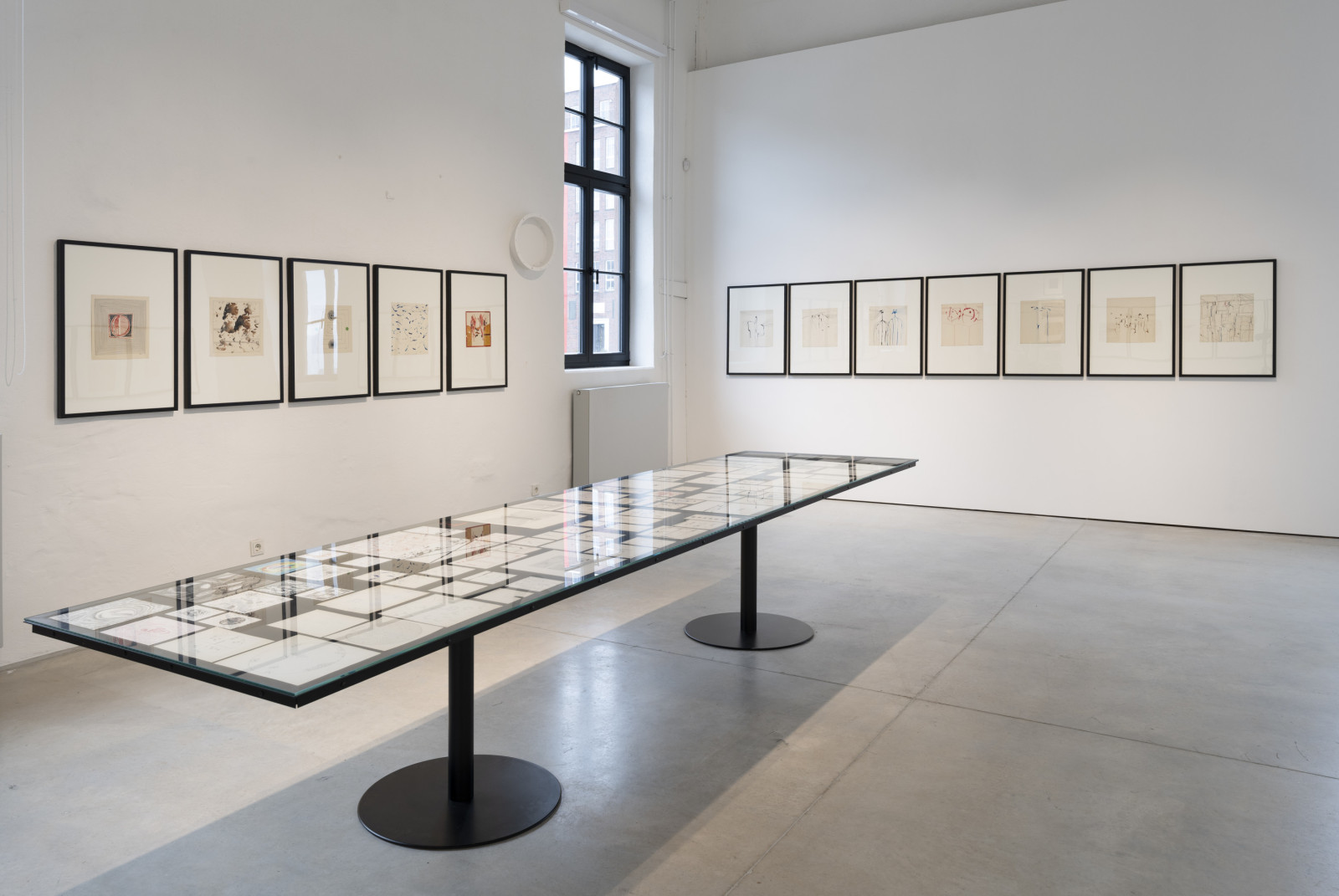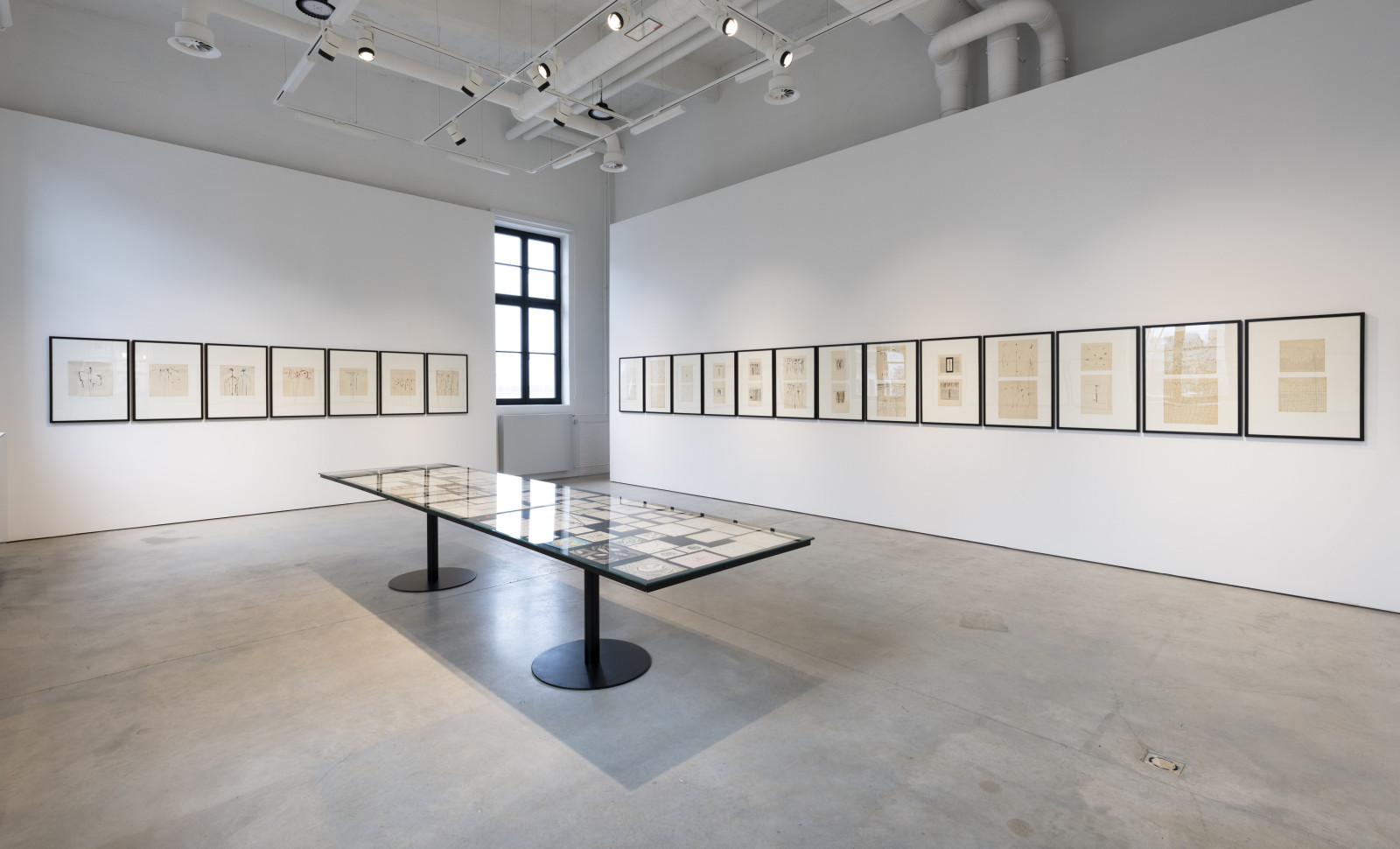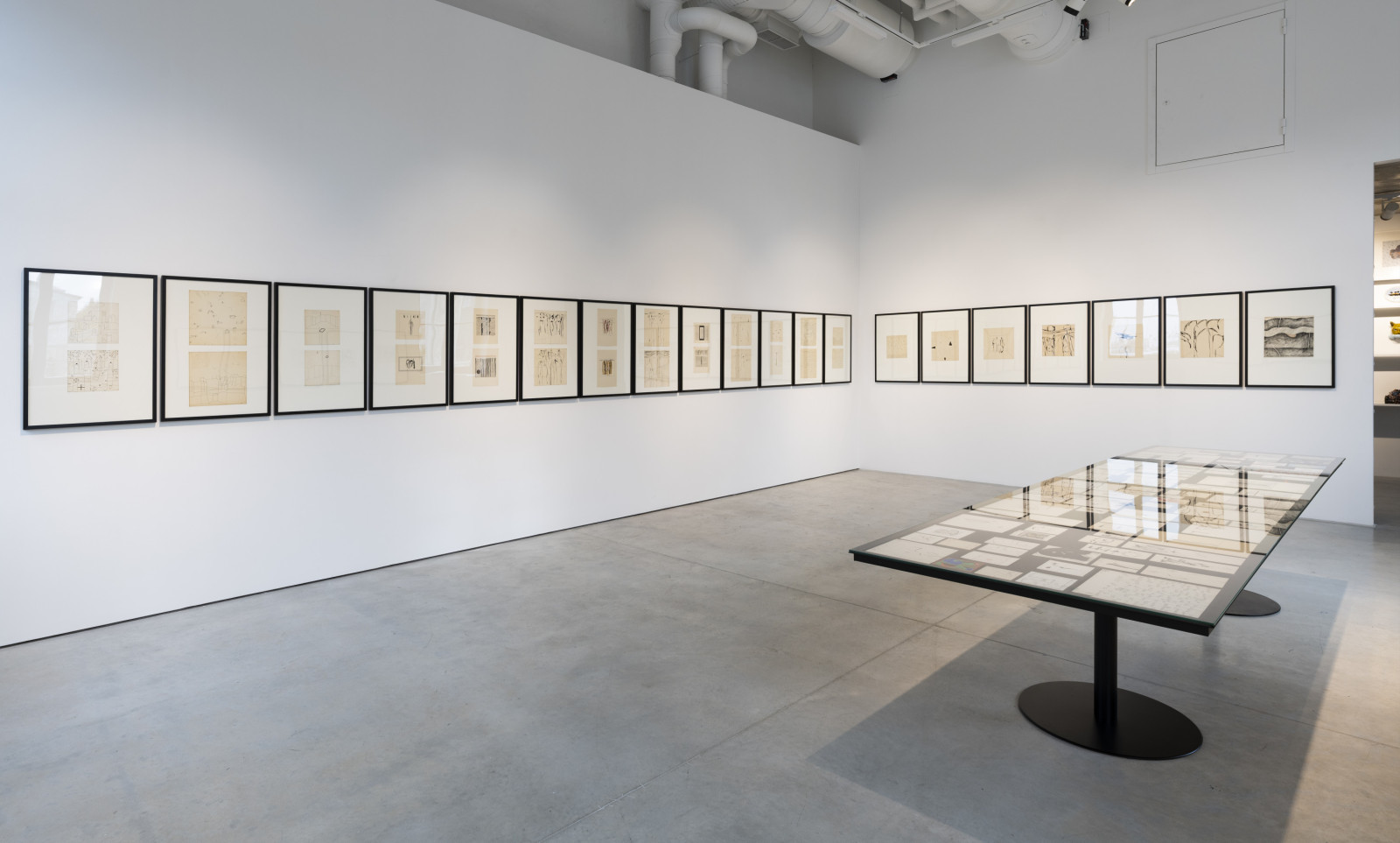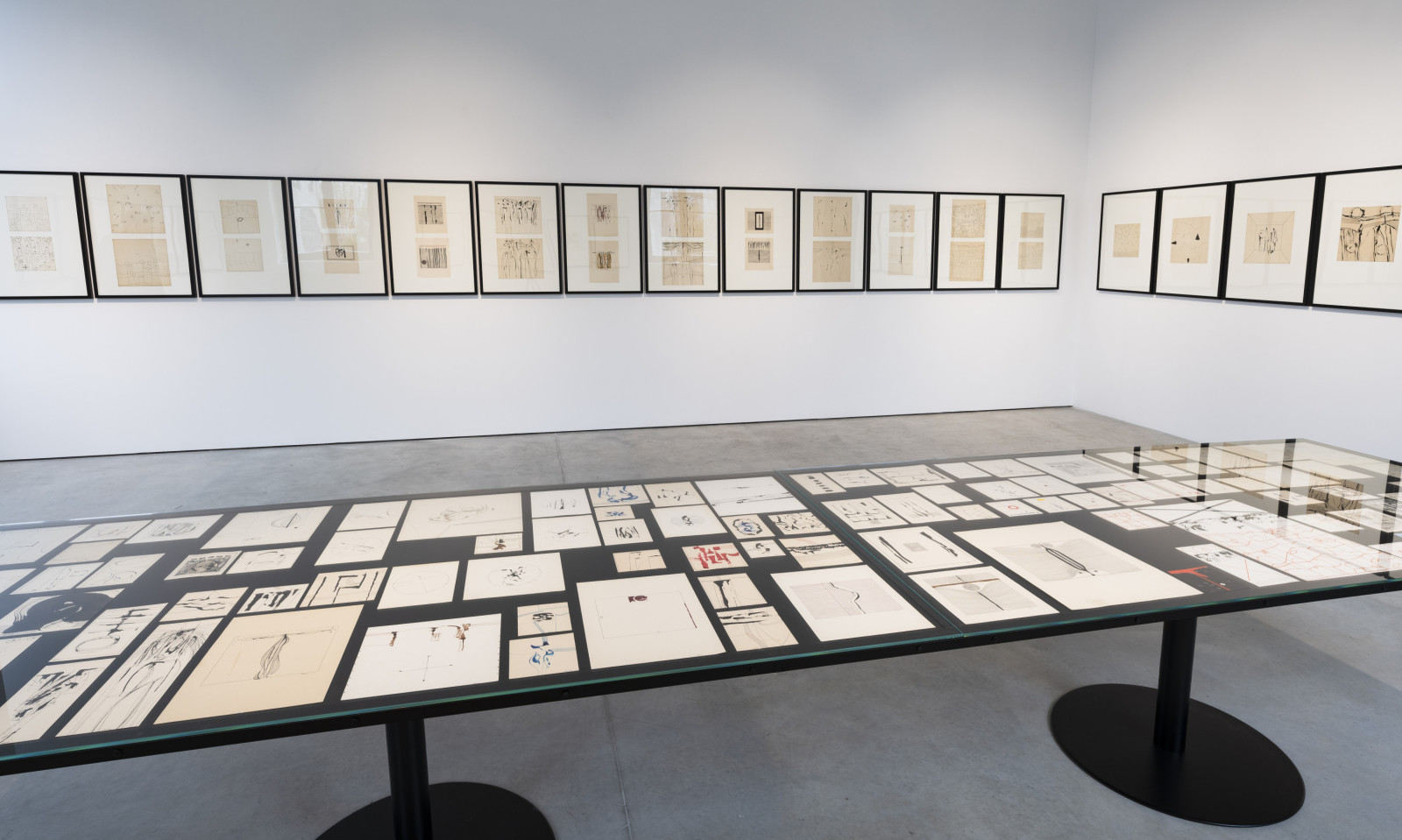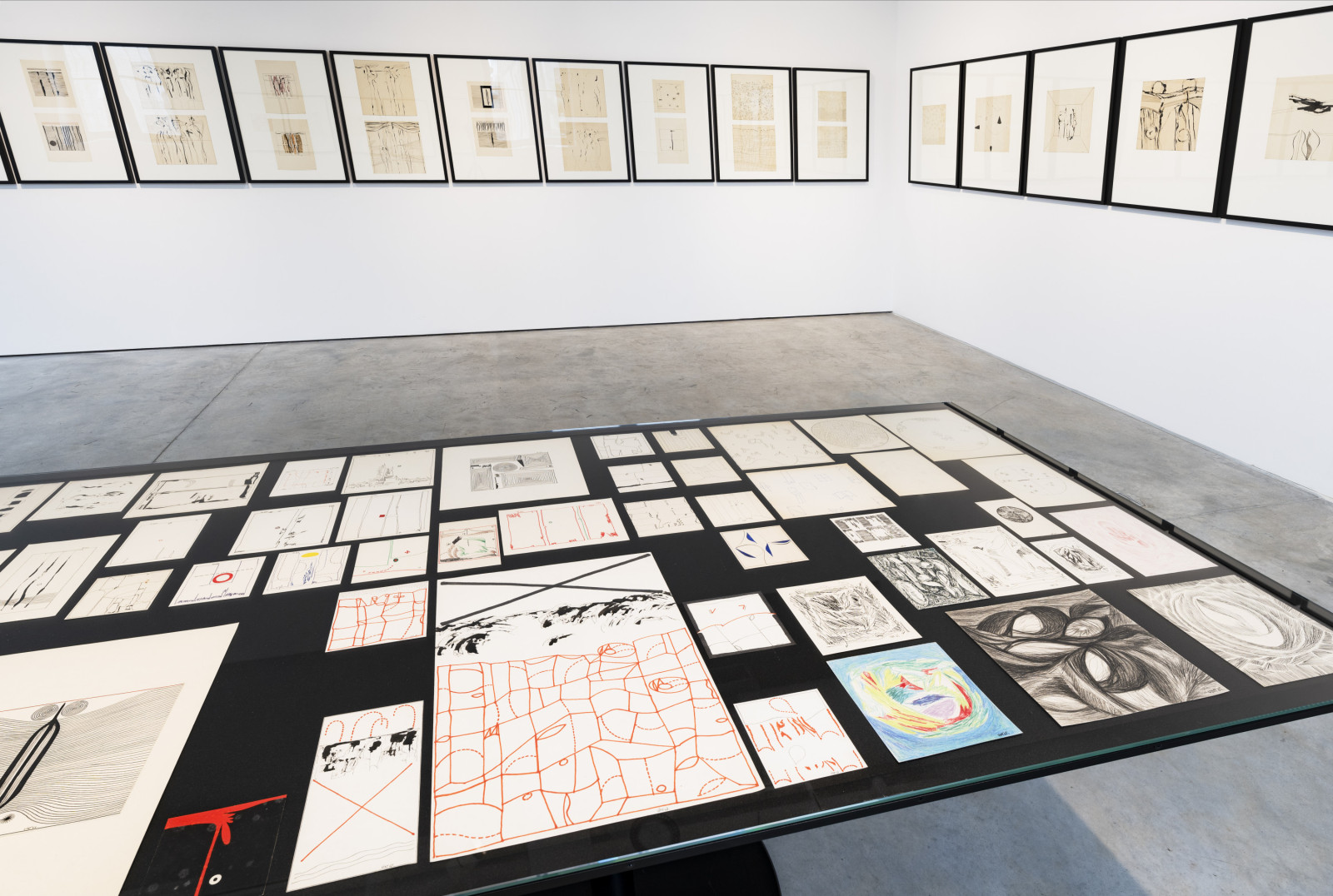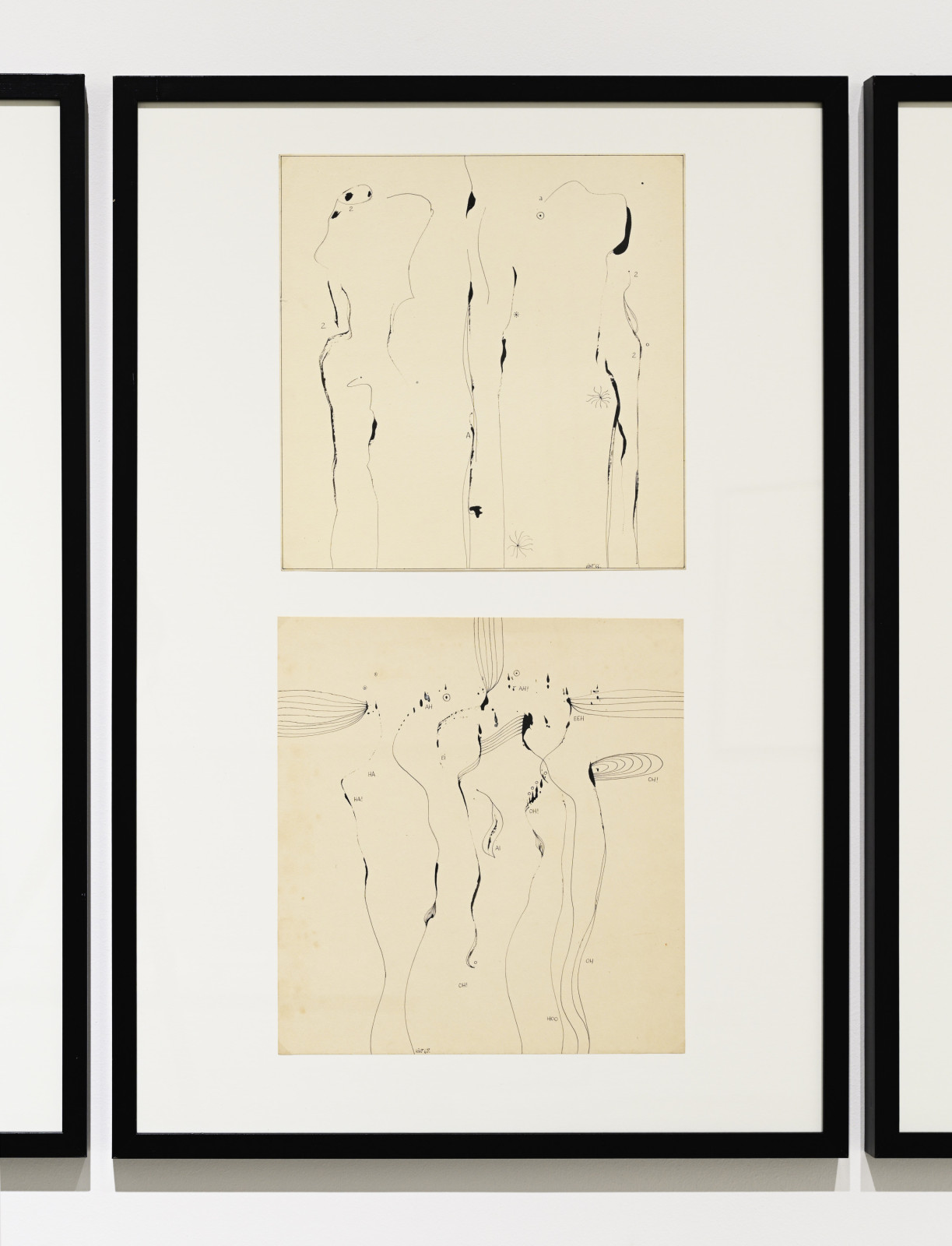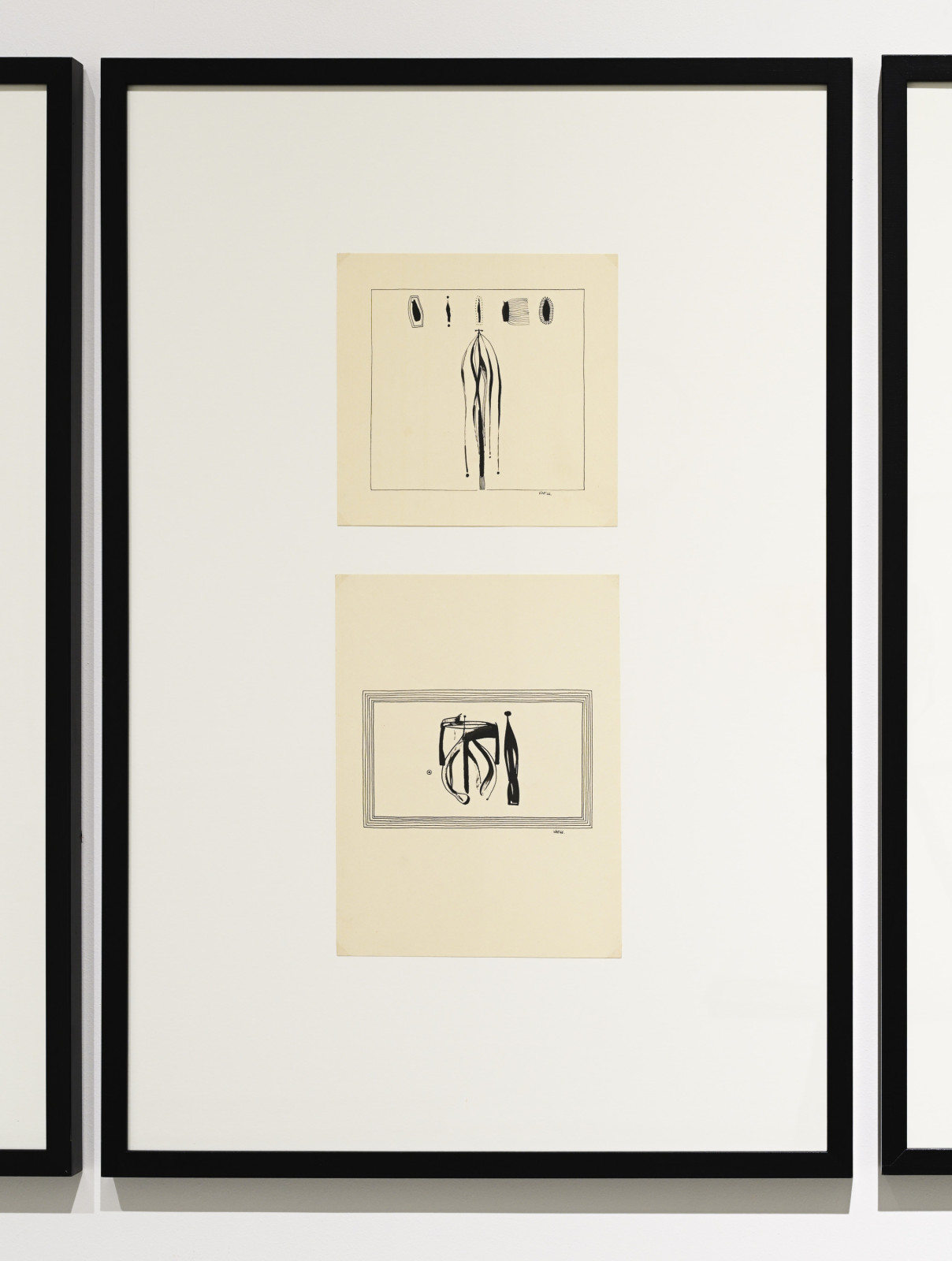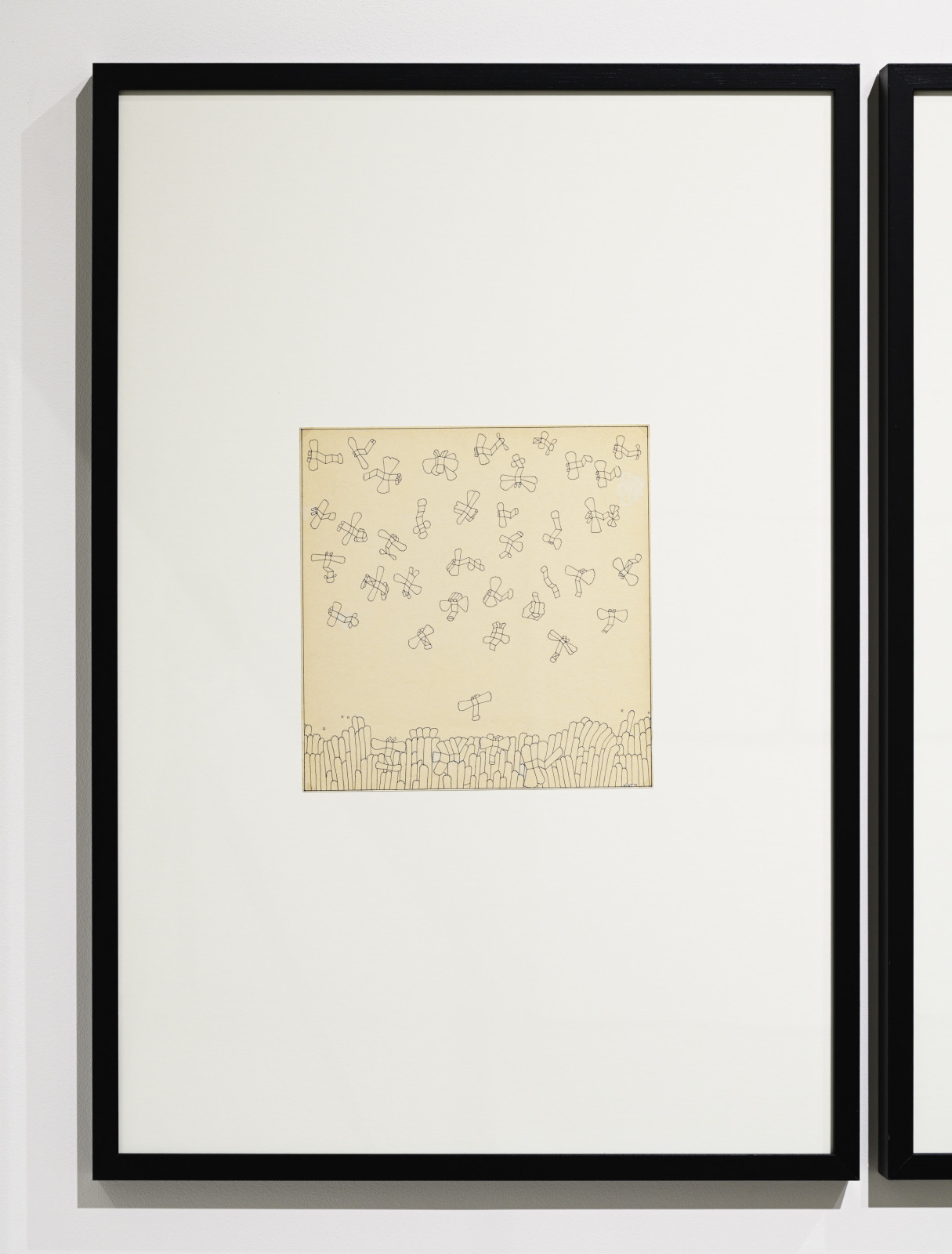Guided Randomness. Early Ink Drawings by Tõnis Vint
-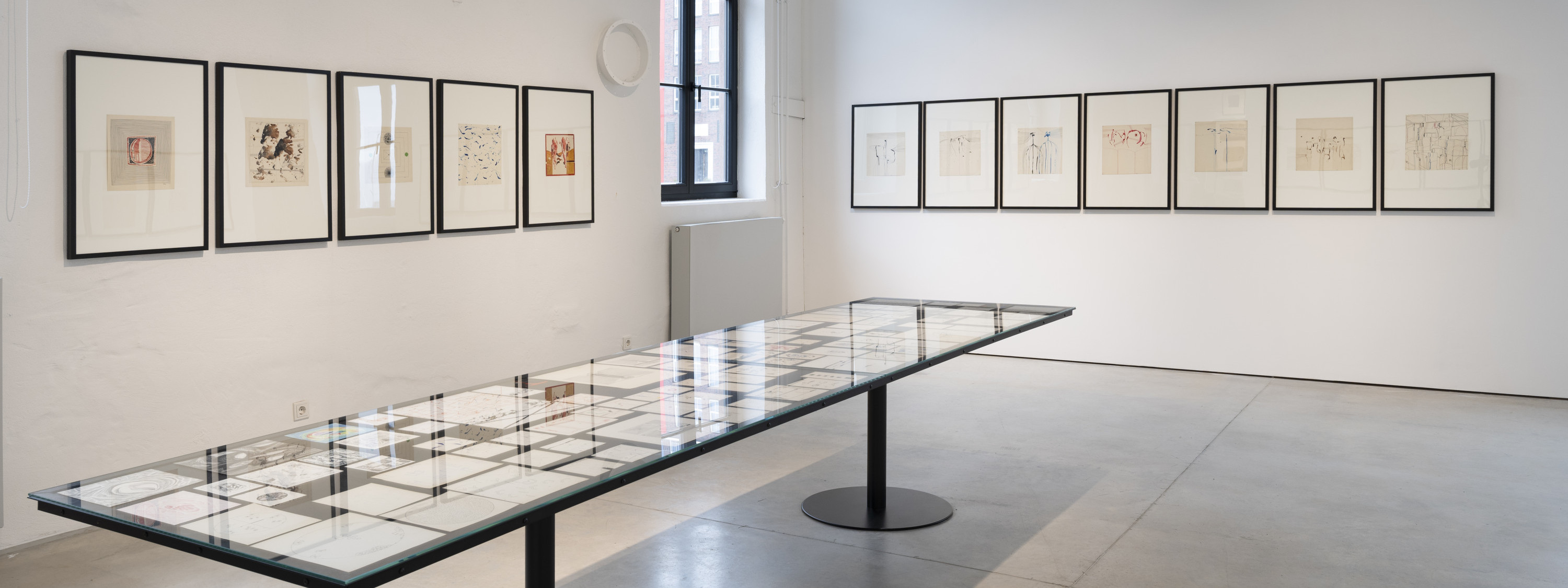
selected works
View: ,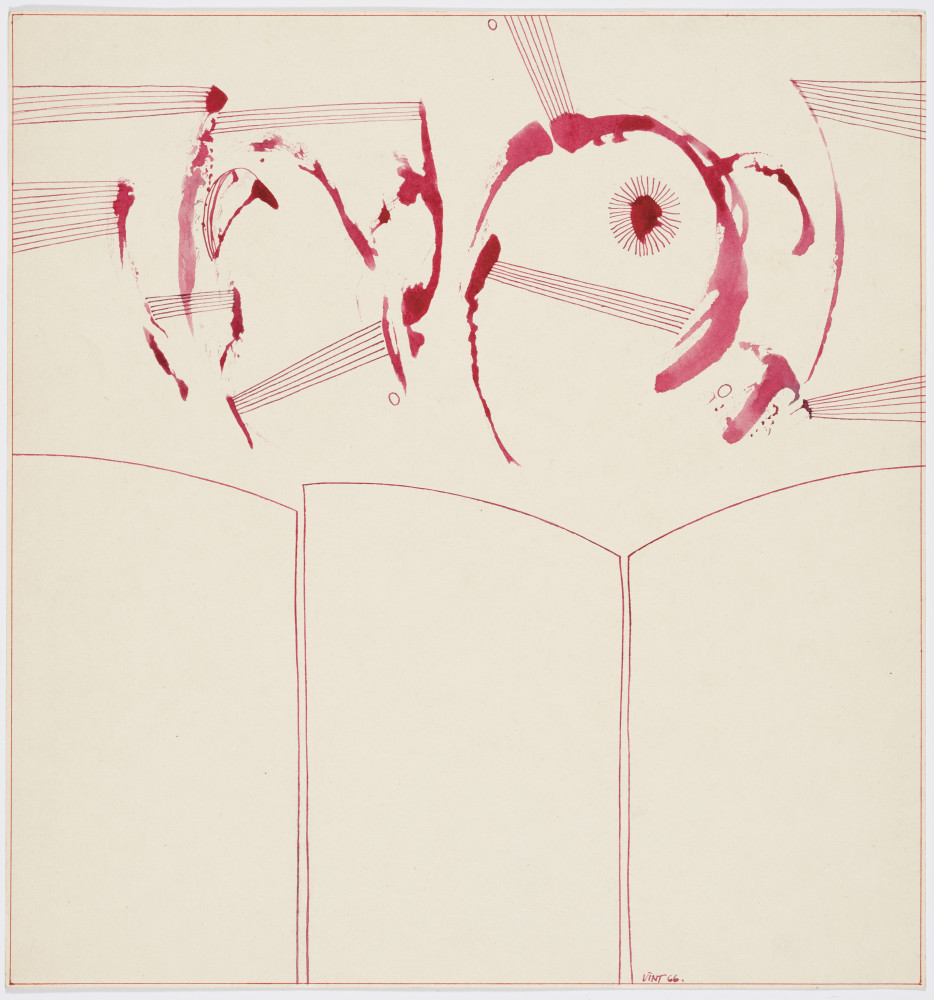
'Untitled (Red Semicircles)'
ink, paper 34×32cm 1966
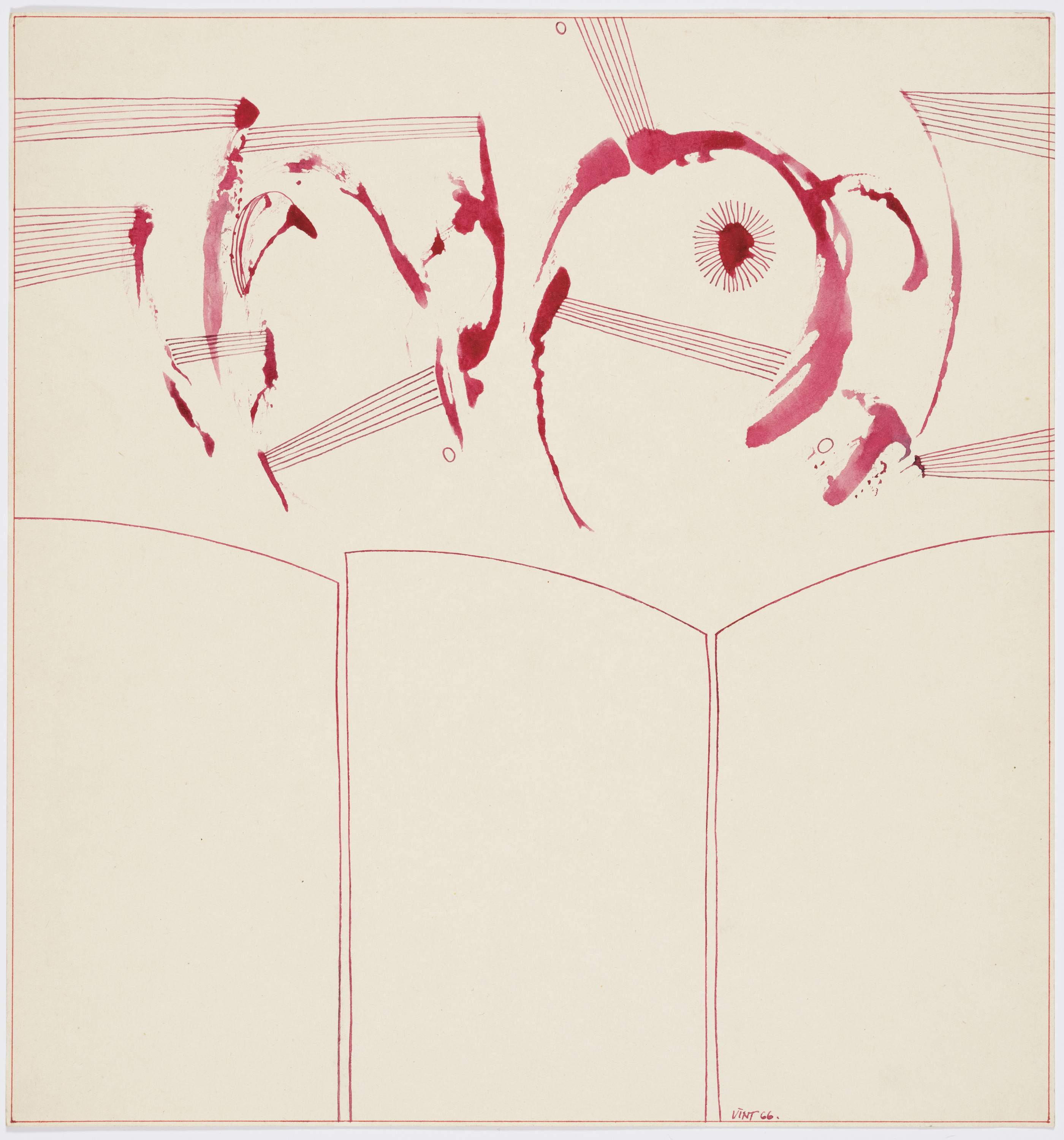
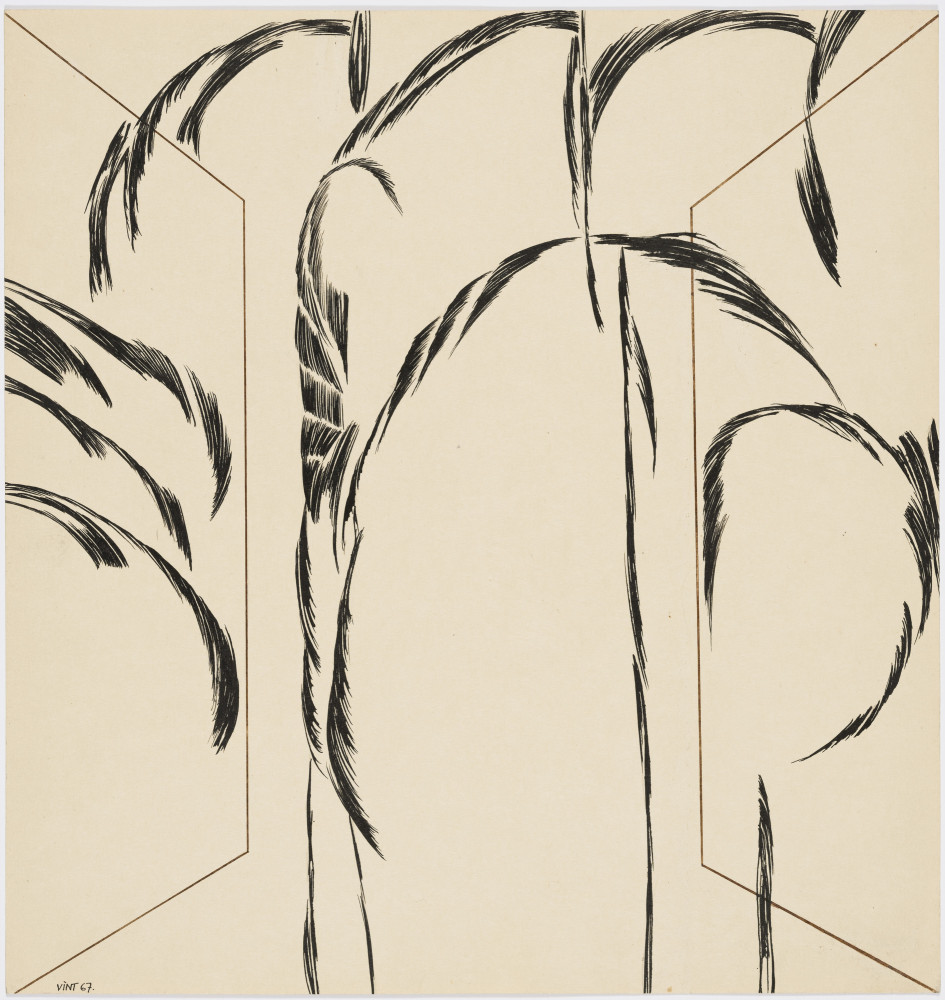
'Untitled'
ink, paper 34×32cm 1967
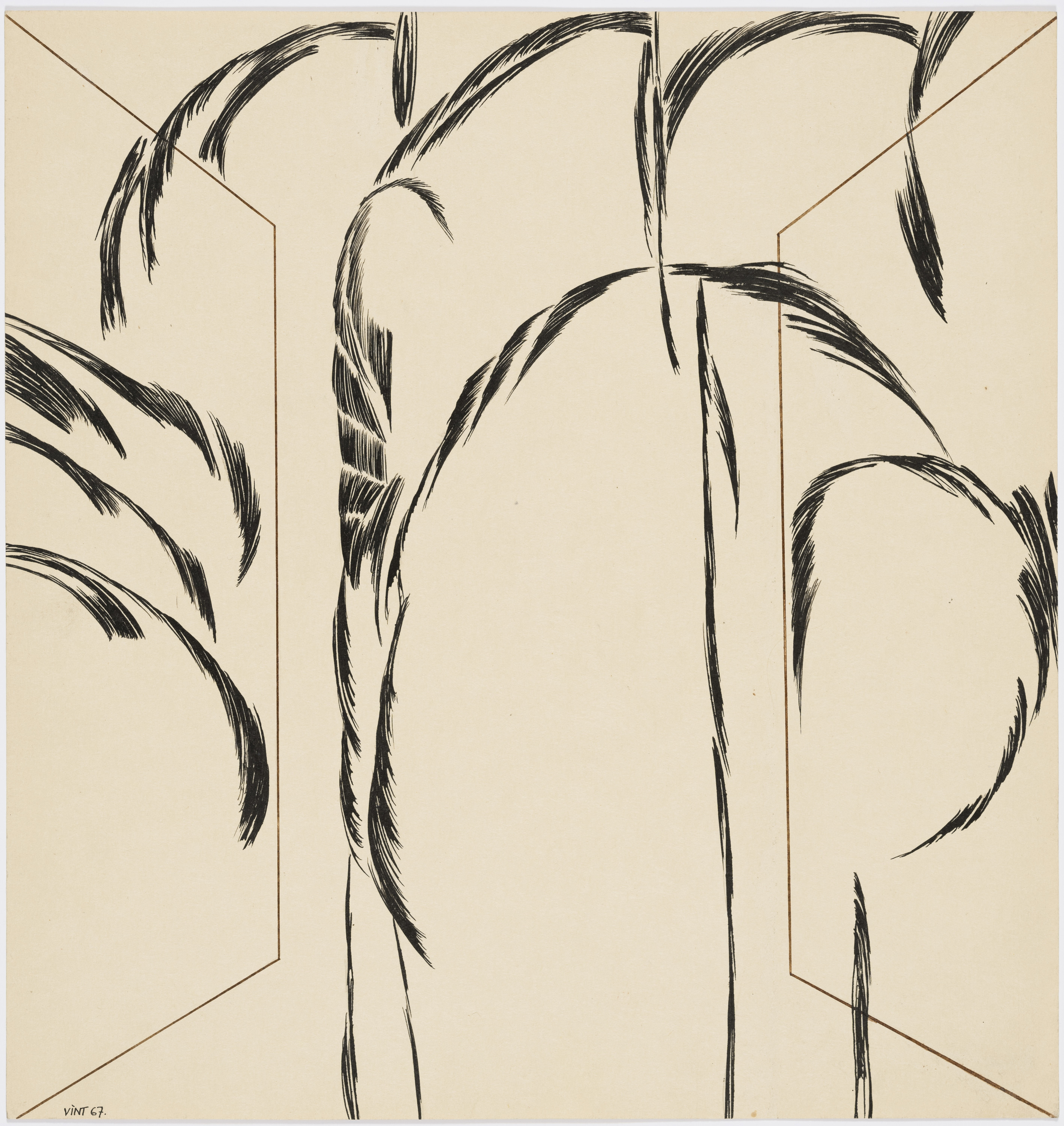
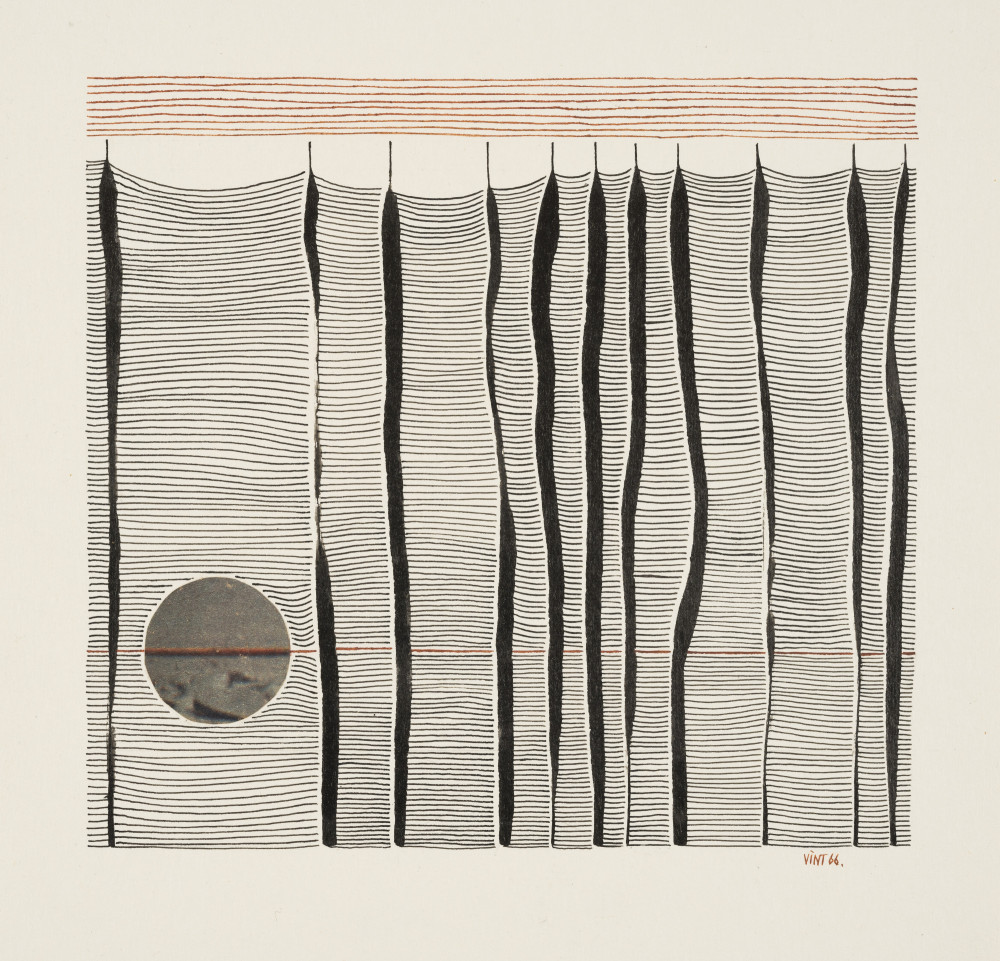
'Untitled (Evening Sea)'
ink, collage, paper 28×21cm 1966
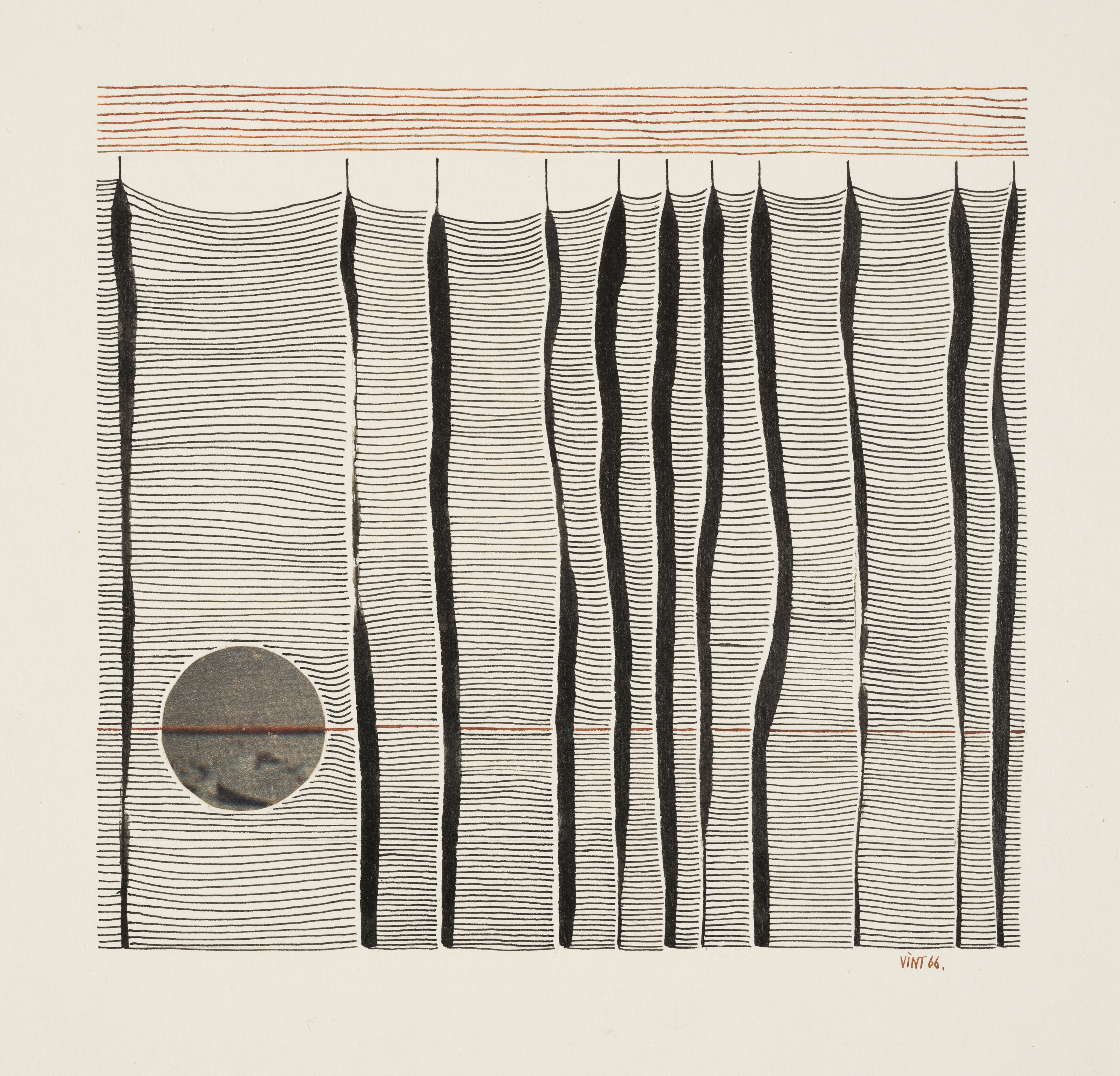
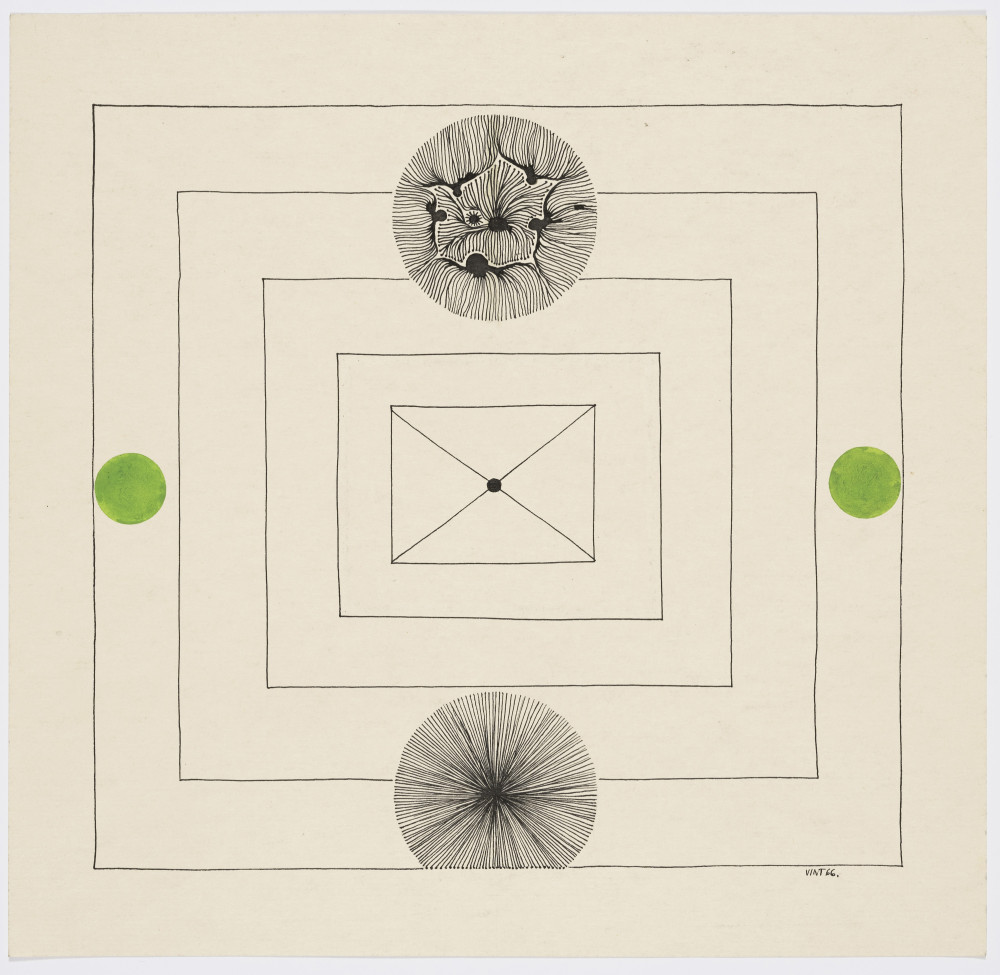
'Untitled (Two Green Dots)'
ink, paper 28×29cm 1966
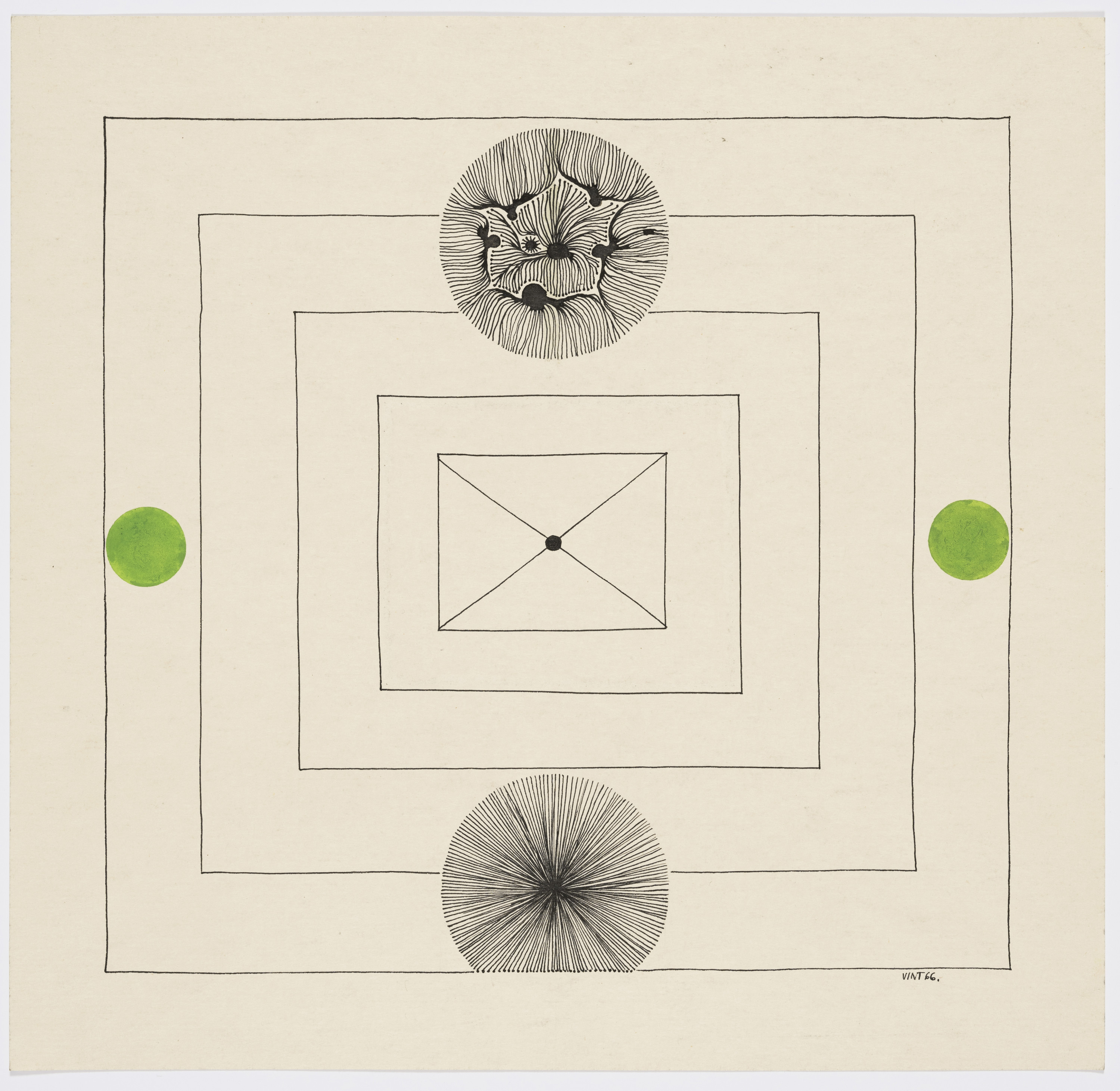
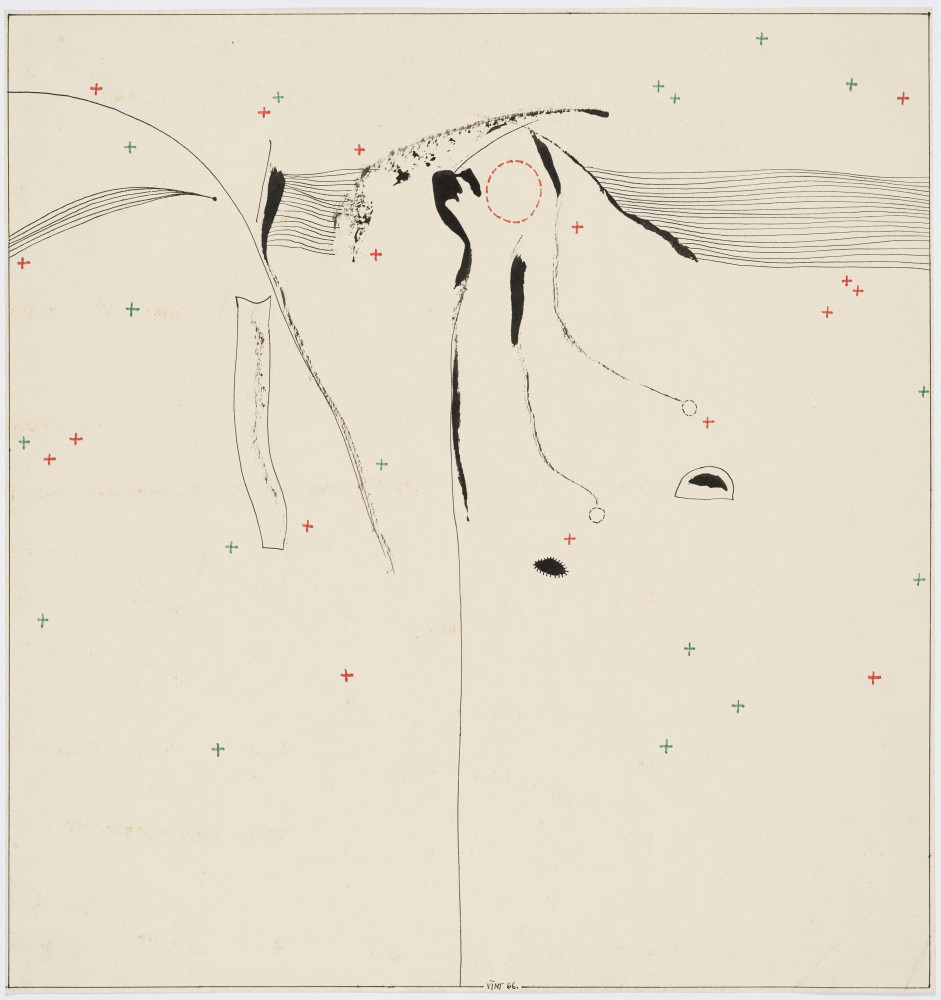
'Untitled'
ink, paper 34×32cm 1966
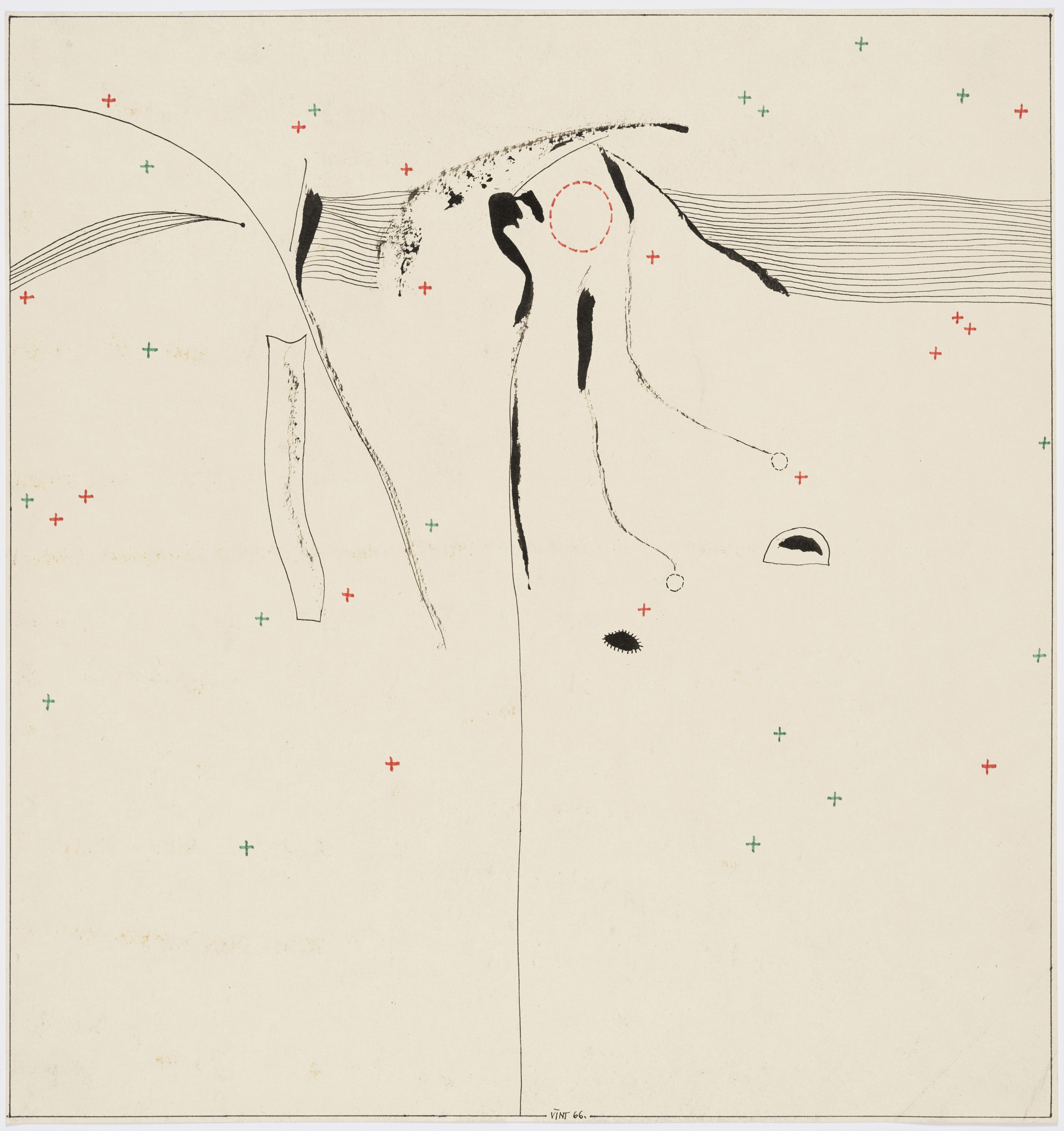
installation views
View: ,Tõnis Vint (1942–2019) was an artist and art theoretician, who started his career in the 1960s. To the Estonian audience, he should be familiar as a (symbol-)conscious conceptual graphic artist and an innovative graphic designer, who also offered interesting solutions for organising the living space (from apartments to urban environments) and worked out his own system of comparing various visual phenomena. In the closed information society of the Soviet Union, his gathering and disseminating of hard-to-come-by materials could be viewed as a silent resistance to the authorities. Based on the collected information, Vint developed his own autonomous world view and a concept of sign systems, which remained a source of alternative ideas for the people attending open lectures at his home or reading his publications, even after Estonia had regained its independence. Tõnis Vint’s extensive and versatile legacy consists of many layers, which still await discovery and closer study.
At the exhibition Guided Randomness, we display Tõnis Vint’s ink drawings, most of which have not been shown to the public before. They were created in the early formative years of the artist’s creative and philosophical career. Vint adopted ink drawing as a medium due to the influence of his good friend and an important art innovator Ülo Sooster. By combining the automatist technique with images from other visual systems (see, for instance, his scientific illustrations), the artist considerably expanded the contemporary vocabulary of visual art. Moving onwards, Vint developed the random combinations of ink stains into integrated compositions with references to Oriental calligraphic exercises and figurative scenes in conditional space. Such multiplanar synthesis of several systems became a programme of his for the rest of Vint’s creative path.
In Tõnis Vint’s early practice, drawing was a means to think and to reflect, so, a medium of analysis. On the one hand, his early drawings represent extensive material which was constantly worked on; on the other hand, in dialogue with this material, they suggest new ways of depiction with more potential than to simply shape the personal style of just one artist. Vint actively studied different sources, not only the history of traditional western art but also the novel creative methods of modern and contemporary artists, spiritual practices from the Orient, and other visual phenomena outside of fine art. In this way, he learned to create situations in which one system of knowledge or depiction entered and affected another one. His particular skill was to take a specific image or object and derive a purely conceptual abstract image or symbol from it, and vice versa.
Tõnis Vint’s early ink drawings are a real explosion of ideas, letting us take a peek at the artist’s wonderfully diverse mental landscape. Vint’s art is a meeting place for different impulses, which combine in order to shape the artist’s later, more mature artistic views and their outlets. The drawings on display form a valuable part of an influential artist-cum-thinker’s period of experimentation and searching, which led to a considerable expansion of his artistic imagery and visual sphere.
Curator: Eva Vint
Text by Elnara Taidre
